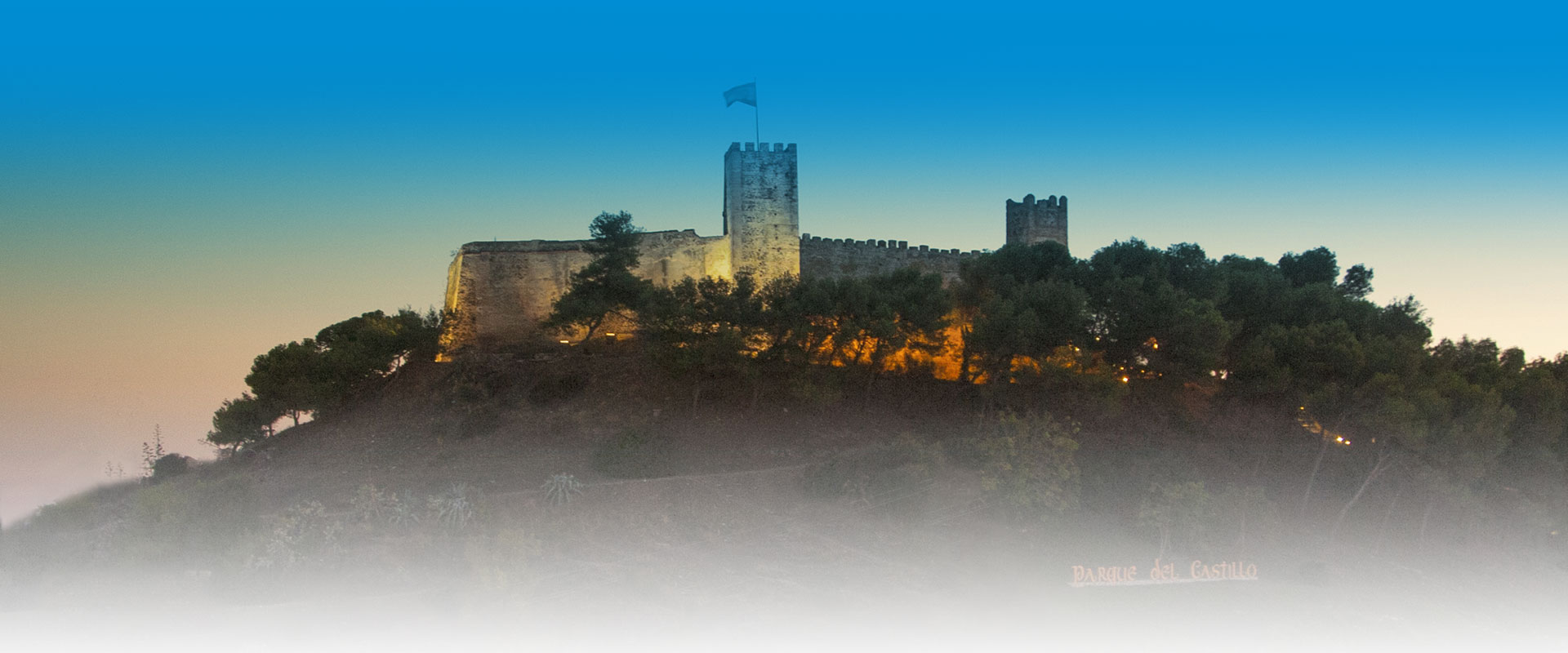
History
The origins of Fuengirola date back to Mediterranean civilizations such as Phoenician and Roman, which were established on the slopes of the hill where today stands the Arab castle "Sohail".
In this section you will find extensive information about our history, from the hand of D. Cristóbal Vega Vega, official chronicler of Fuengirola.
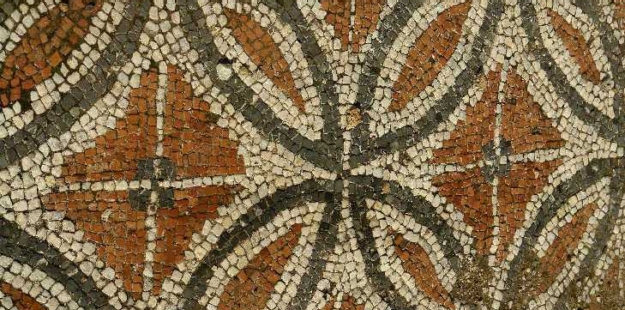
History
In the current municipal district of Fuengirola, vestiges of ancient civilizations still remain.
The slopes of the hill where the Arab Castle stands, guard the remains of an Iberian-Punic settlement, in its origin, and later Roman. It is about the city of SUEL, named after Mela, Plinio and Ptolomeo. Antonino's "Itinerary" placed her on the road from MALACA to GADES, west of the first.
The identification of SUEL with Fuengirola is due to the lawyer from Ronda M. Fariñas del Corral, who in 1663 made the computation of the XXI miles with which the "Itineraries" distanced it from Málaga. Although a complete excavation has not been officially carried out, however, some pieces of considerable archaeological value have appeared in the vicinity of the Castle. Perhaps the most interesting is, so far, the pedestal of a statue with an inscription, published by Bernardo Alderete in 1606, whose text mentions SUEL as Roman Municipality. Another epigraphic document, coming from the same area, is a funerary "ARA", whose legend contains the name "SUELITANA".
Among the archaeological remains, which confirm the footprint of a Roman settlement on the Fuengirola coast, the remains of the "Termas" of Torreblanca and the Roman "Villa" of the "Finca del Secretario" stand out (from where the "proceeds"). Venus "of Fuengirola). The remains of salsáreas piles that emerge from all the archaeological sites mentioned, confirm the dedication of this population to the fishing industry.
According to some historians, the city of SUEL stopped being mentioned at the dawn of the Middle Ages. Possible causes of this decline are: destruction by a tsunami; the emigration of its neighbors to Mijas, when the banditry reappears in the sea; or the fall under the Visigoth horde.
After a lapse, devoid of information, this place changed its name, appearing the alteration of the toponym "SUEL" for SUHAYL. This was the name given to the Castillo, the river and the adjacent area during the Arab domination. In the Muslim period, SUHAYL possessed a fairly extensive term, well cultivated and animated by many haciendas and villarejos. Most of the district was used as pasture for the royal camels. There was also abundant fishing on this coast.
Several authors mention SUHAYL as "iqlin", "district" or "alfoz". Temboury cites SUHAYL as a cultured and neat villa that cradled illustrious writers. The best known is the poet AS-SUHAYLÍ, who dedicated some verses to his homeland, expressing in them his consternation, contemplating the destruction of the place where he was born. The population was burned down and their neighborhood fled to Mijas. With such a dire situation, SUHAYL was reduced to a miserable hamlet. It was then that he underwent a change in his name, replaced by the romanization of Font-jirola; according to Alonso de Palencia, by the source that sprung at the foot of the Castle. When being conquered by the Castilian troops (in 1485), only the strength existed. In 1502 there was an attempt to repopulate the area with 30 neighbors, but the North African threat and other factors explain the failure of this repopulation (such as the savings policy, the scarcity of land near Fuengirola, etc.).
In 1511, the place appears as depopulated, being reduced to a defensive enclosure and coastal surveillance. This depopulation motivated the land reserved for Fuengirola, in the "Repartimientos" of Mijas, to become dependent on the latter municipality.
During a long period of time, the only place inhabited was the Castle, in which there was a military detachment, which assumed coastal surveillance.era.
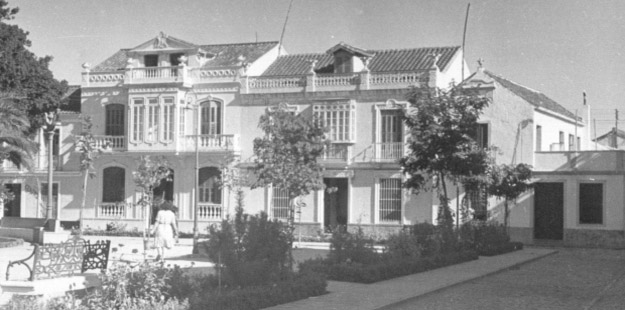
New population center: La Venta
A new nucleus of population arose when diminishing, in the S.XVII, the threat of Turks and Berber. But they no longer settled in the same place where they did Phoenicians, Romans and Arabs, but on the other side of the river, where there was a sale or inn near the beach (18th century), which served as a lodging for passersby, muleteers and people of the sea. Along with the aforementioned "Venta" some huts began to rise, soon forming a small town.
The neighbors of the "Sale" of Fuengirola sent, in May 1822, a letter to the Provincial Council stating their desire to establish, in this town, a Constitutional City Council; based on the fact that it had a thousand inhabitants that, according to the Constitution, was a sufficient number for it. The list that was made, on this date, at the request of the Mijeña Corporation, gave the following composition:
- From the Sale called Fuengirola: 321
- Castle with your name: 20
- Home Warehouse: 43
- Bowling: 25
- Total: 409 souls
The reasons given by the Municipality of Mijas were overwhelming and therefore, on this occasion, the petition of the inhabitants of Fuengirola was rejected.
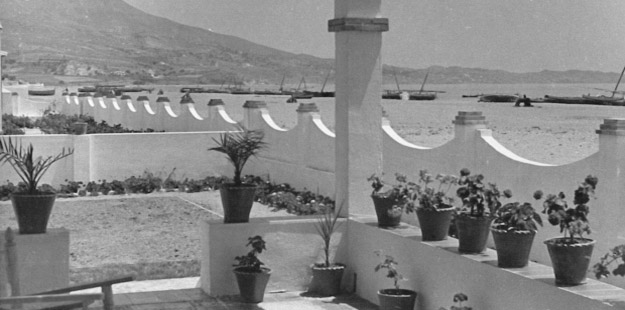
Emancipation of Fuengirola
Fuengirola City Council, from the beginning, was considered a loser with respect to the municipality that had been granted, and would not cease in its attempt to expand it in the years: 1854-1867-1873-1875-1924 and 1926. However, this claim was not achieved.
In February 1841, D. Nicolás Cotrina, landowner of Mijas, met with a group of residents of Fuengirola to request, once again, the separation of this town from the Villa de Mijas.
On May 30, 1841, the emancipation of Fuengirola from the Municipality of Mijas was carried out, and Mr. Antonio García Cortés was appointed mayor.
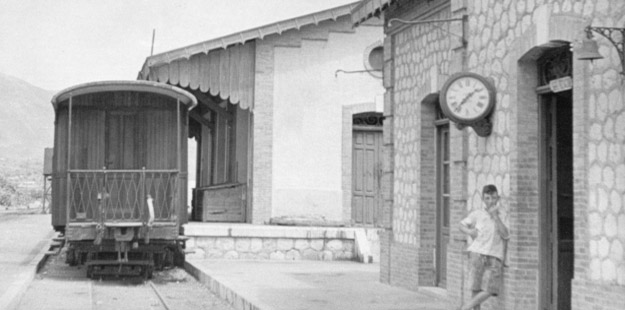
The beginnings of tourism in Fuengirola
Before the general crisis, in which the province of Malaga was immersed, in the last third of the 19th century (phylloxera and decapitalization), voices rose to turn Malaga into a tourist town.
Fuengirola was also affected by the plague of phylloxera, since most of its fields were planted with vines.
The communications of this town with the capital were bad, being carried out the trips in cars or on the backs of beasts. With the arrival of the railroad, in May 1916, a new era of prosperity was opened for this town.
Fuengirola was visited, at this time, by some "outsiders", especially in summer. In some magazines of the time the climate, the hospitality and the attention that was given to the visitors who came to Fuengirola were highlighted. An example of this is the review that was collected by the weekly magazine "La Provincia" in Malaga, in 1935, which indicated how this town was confirmed as a summer resort, auguring a promising future.
The bringing of drinking water to Fuengirola (May 1936) was a new attraction for the attraction of "outsiders". But the civil war stopped, momentarily, the arrival of "holidaymakers".
Although some Cordovan families had the habit of spending the summer in our town (before the civil war), it was in the forties when there was a large influx of Cordovan, in summer time. It was a time of rationing and the Fuengiroleño City Council got extra food items for the "vacationers". This good treatment increased the number of visitors.
At the beginning of the fifties the construction of some small hotels began. Later a "camping" was installed in the area of the eucalyptus (area where the multiplexes, the zoo and the park of the Sun) are located. The old train was also replaced by a car ("la cochinita"). At the same time, the construction of the sewage system was being prepared and the asphalting of the streets began. At the end of the fifties Fuengirola worried about becoming, overwhelmed by the influx of tourists, in a comfortable corner to welcome Spaniards and foreigners.
These texts correspond to the book "FUENGIROLA AYER".
Author: Cristóbal Vega Vega
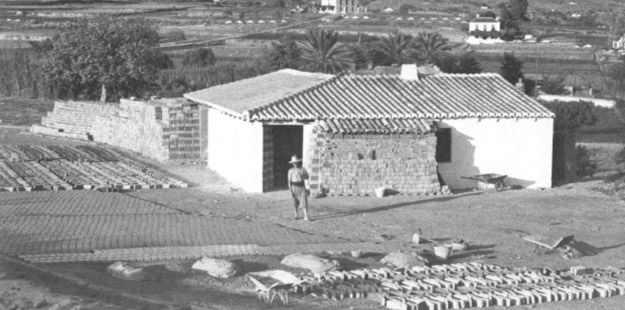
The Fuengirola economy before the arrival of tourism
In the year of its emancipation (1841), the occupations of the neighborhood were, mainly, the fishing, the archery, the agriculture and the commerce that offered the boats that anchored in this bay.
Fishing was abundant along the coast; however, there is evidence of years of scarcity of fish on this coast; for this reason, the population decreased in the years 1845 and 1857. During the first third of the 20th century, some hemp yarn factories (atarazanas) and other salted fish factories were installed in this town. At the beginning of the thirties, the fishermen from Fuengiro had to endure another crisis originated, this time, by the new fishing gear: "bacas", "traíñas", "bou" and "luz". In the forties, they continued to use ancient fishing gear (seine and sardine), lacking motor boats, so they could not compete with more modern ones. Faced with this precarious situation, they saw the need to enroll in the "almadrabas" of Barbate or Tarifa. In winter time the situation was disastrous.
Along with fishing, agriculture played an important role in the local economy before the arrival of tourism in Fuengirola. According to D. Matías Sáenz de Tejada, until the date of his emancipation (1841), Fuengirola had been a fishing village. The field was uncultivated, dotted with some fig trees, olive trees and carob trees. Cereals and legumes were grown in the fertile plains and irrigated areas; the rest was used for grazing and exploitation of firewood consumed by the neighborhood.
In the middle of the 19th century, many families from the villages of the eastern part of the province of Málaga began to arrive in Fuengirola and were known as "los veleños", mostly vineyards. This era was characterized by the great increase in the raisin trade. The strains invaded new cores of the west coast. The fields of Mijas and Fuengirola were no exception and soon they were planted with vines. The vine began to be the axis of the Fuengirola economy. The carpentry industry (raisin containers) began with the vineyard. Also this bay was enabled as a port for the export of fruits. Fuengirola came to have, in 1857, 81.2% of the total cultivated area dedicated to vineyards.
The plague of the phylloxera (officially declared in Malaga in 1878) brought serious consequences for the cultivation of the vine. During the first decade of the twentieth century, new vines were replanted with a type of American vine (riparia) that gave good results.
In the course of the II Spanish Republic labor disputes proliferated between day laborers and landlords. These disputes brought, consequently, the almost total disappearance of the vineyards in our environment. The post-war years caused the closure of the markets of the raisin. It was a very hard time for the population.
In the decade of the fifties, agriculture was one of the basic pillars of the Fuengirola economy, appearing in its term the sugarcane. The sixties would mean the end of agriculture for this town, which would see its land sown, not with vines or olive trees, but with large masses of cement.
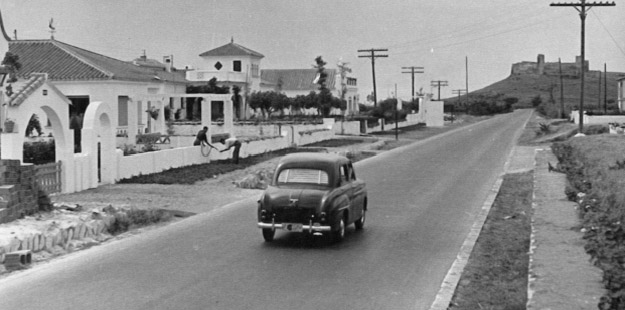
The sixties
The current phase of tourism development began once the European economy was restored. The "civilization of leisure" arose. It went from a class tourism to another mass and popular. It will be from 1960 when tourism breaks out in an unexpected way. Andalusia was one of the regions most favored by this avalanche of tourists; and the main Andalusian tourist area was "the Costa del Sol".
In Fuengirola, the value of rustic land was very low. The purchase of land began and speculation began. The new sales system aroused great interest in the town, starting to build housing estates and hotels (Mare Nostrum, La Concha, Somió, El Cid, Torreblanca ...).
The phenomenon of tourism engendered a progressive influx of immigrants, attracted by the demand for labor, mainly in construction and hospitality. All this caused an increase in the construction of new blocks of houses, thus creating new neighborhoods. The most typical example could be "El Boquetillo", whose first buildings began to rise in 1964. The land near the sea was acquired immediately, due to the construction project of a "Paseo Marítimo" (1966).
In 1968, Fuengirola was one of the most coveted towns by the international tourism because, without losing its flavor of old town, it united the friendliness of its people to some urban and hotel realizations of first order, highlighting its "Promenade Maritime" .
A lot of business has been developed around the tourist phenomenon; all of them come to constitute what has been called "the new tourism industry".
Author: Cristóbal Vega Vega (Official Chronicler of the Villa of Fuengirola).
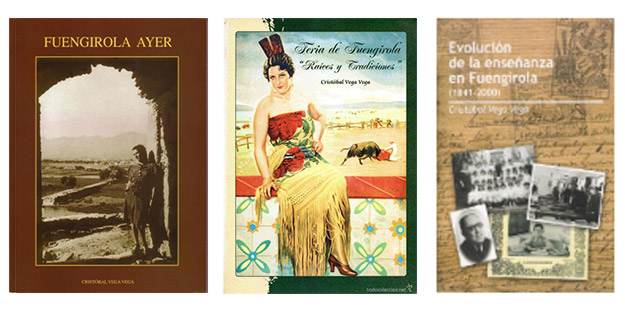
Bibliography
FUENGIROLA YESTERDAY
Author: Cristóbal Vega Vega
Content: The topics covered in this book are the following:
- Historical synthesis of Fuengirola.
- Construction in Fuengirola.
- The Plaza de la Constitución.
- The Plaza de los Chinorros.
- Public sources.
- Fishing in Fuengirola.
- Agriculture in Fuengirola.
- The Málaga-Fuengirola railway.
- Roads and transport.
- The Church of the Rosary.
- The municipal hospital "María Auxiliadora".
- Shops.
FUENGIROLA FAIR. "Roots and traditions"
Author: Cristóbal Vega Vega
- This is a monographic book about the history of the Feria de Fuengirola.
- It covers from the late nineteenth century to the year 1960.
EVOLUTION OF TEACHING IN FUENGIROLA (1841-2000)
Author: Cristóbal Vega Vega
Note: Apart from the indicated texts, it is illustrated with more than 160 old photographs of Fuengirola.
